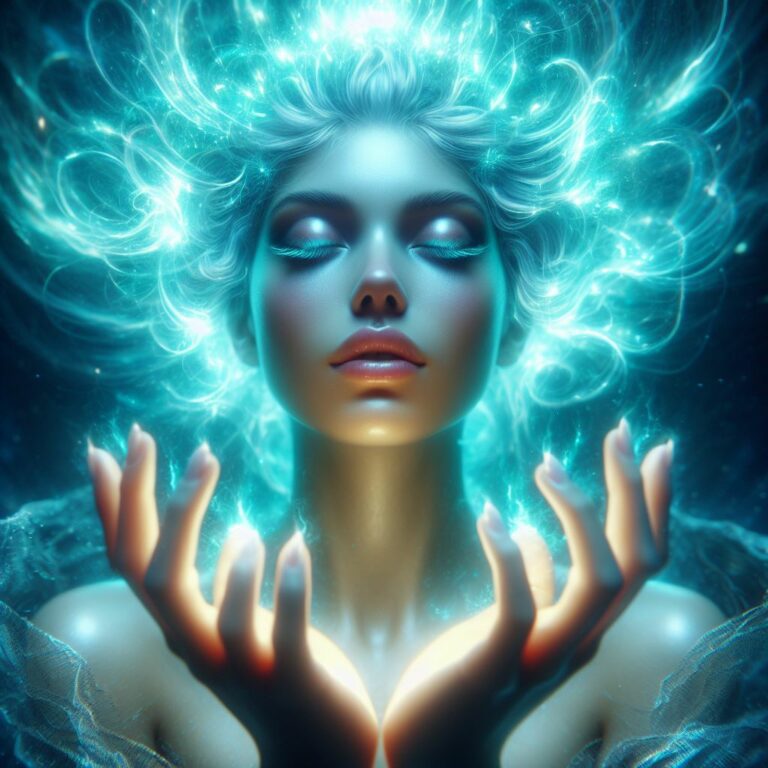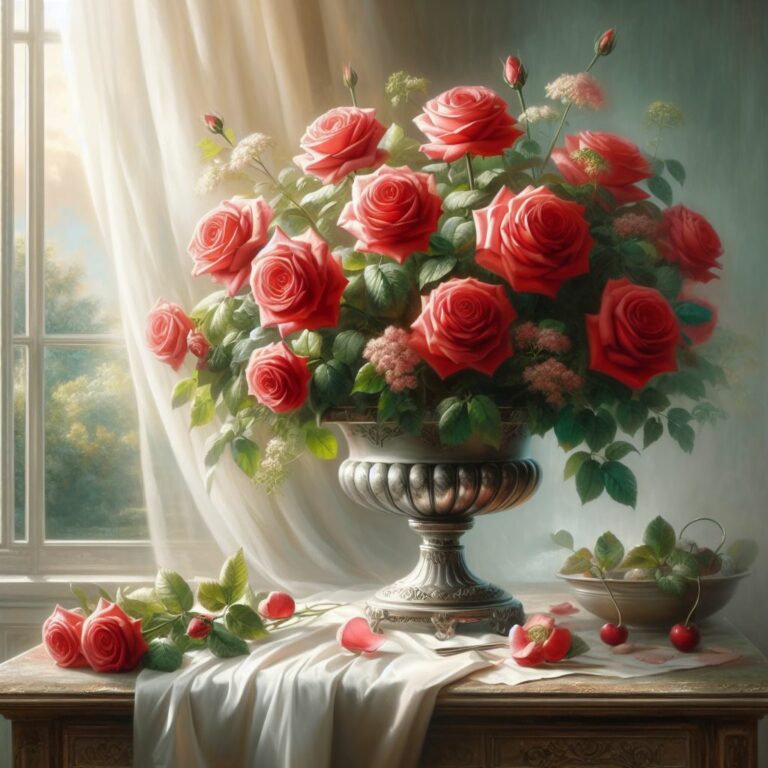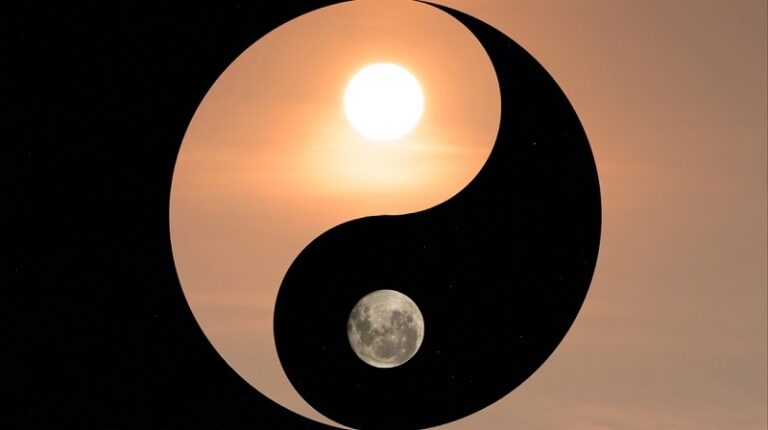Spiritual Meaning of Color White: Exploring the Divine Essence
The color white has a long history of spiritual meaning and symbolism across many cultures and faiths. Though often considered plain or boring, white is actually one of the most mystical hues.
Understanding the spiritual significance of white can help unlock deeper meaning in art, religious texts, dreams, and everyday life. From purity to new beginnings, let’s explore the profound symbolism and importance of the color white.
Table: Key Symbolic Meanings of White
| Meaning | Context |
|---|---|
| Purity | Virginity, innocence, cleanliness |
| Enlightenment | Clarity, insight, heightened awareness |
| Divinity | God, angels, the mystical |
| New beginnings | Transitions, limitless potential |
| Healing | Wholeness, harmony, recovery |
| Hope | Optimism, motivation, openness |
White contains multidimensional meanings, making it one of the most spiritual colors across cultures. Understanding its symbolism provides deeper appreciation for this mystical shade.
Purity, Innocence, and Virginity
One of the most common symbolic meanings of white is purity, innocence, and virginity. Across cultures, white has represented cleanliness both literally and figuratively.
- In Christianity, white clothes were worn at baptisms to represent the cleansing of original sin. Brides also wear white to symbolize virginity and moral purity.
- In Buddhism, white represents purity of mind, body, and spirit. Monks often wear white robes to demonstrate simplicity.
- In Islam, white clothing is worn during pilgrimages to Mecca, showing equality and purity before God.
- In color psychology, white gives feelings of safety, openness, and efficiency. It offers a fresh blank slate emotionally.
White has powerfully represented innocence for centuries. It provides a clean visual palette—a foundation for creation uncorrupted by outside influences.

Clarity, Knowledge, and Enlightenment
White light contains all wavelengths of the color spectrum at full brightness. For this reason, white also symbolizes insight, clarity, and enlightenment.
- In Western cultures, white clothes were worn by doctors, scholars, and others seeking truth to demonstrate purity of thought.
- In new age spirituality, white auras and lights represent heightened spiritual awareness.
- In color therapy, white’s energy clarifies thoughts, promoting focus.
The mix of meanings associated with white gives it a transcendent quality. White feels crisp and bright, like a flash of understanding cutting through ignorance or shadow.
Divinity and the Mystical
Thanks to its luminous quality, white is the color most commonly associated with the divine across faith traditions:
- In Christianity, God is depicted with white robes and a white beard. Angels appear in heavenly white.
- In Hinduism, white symbolizes sattva – the spiritual essence of Brahman (ultimate reality).
- In Pagan traditions, white represents the Goddess in her maiden form.
- In New Age beliefs, white light surrounds those who have passed on to the spirit world.
This spiritual symbolism has influenced architecture. White marble and stone is popular for religious structures from Western cathedrals to Indian temples. White domes in mosques symbolize transcendence.
New Beginnings and Transitions
White contains all colors, like a blank canvas waiting for creation. For this reason, it represents new beginnings, rebirth, and limitless potential.
- In many Eastern cultures, white clothing is worn to funerals to represent the transition into spiritual life after death.
- In the West, white is worn by brides at weddings to signify their transition to a new chapter.
- In color therapy, surrounding yourself with white can aid personal transformation and growth.
The white space of a blank page or empty room allows room for freedom and unrestricted creativity. White clears the way for something new.

Healing and Wholeness
White light contains all wavelengths at full vibration. For this reason, it has a harmonious and balancing effect on the body and mind.
- In Eastern medicine, white foods like onions, ginger, and mushrooms are thought to strengthen the lungs, remove toxins, and promote skin health.
- In color healing, exposure to white light can purify, encourage relaxation, support immunity, and aid recovery.
- In design, white spaces give feelings of order, efficiency, and simplicity.
White represents wholeness and completion. It is the fullness of potential waiting to bloom into the rainbow spectrum.
Hope and Possibility
White is bright and open, allowing us to see clearly. It contains endless possibilities. For this reason, white also symbolizes optimism, motivation, and hope.
- In Western weddings, white symbolizes the hope for the couple’s future happiness.
- In art and design, white spaces create feelings of openness and simplicity.
- In color psychology, white offers relief from clutter and empowers motivation.
Like a blank page, white provides freedom to invent, explore, and dream. Its cleansing quality inspires internal clarity and motivation.
White in Nature
In nature, white often represents moments of purity and perfection.
- White snow blankets the land in tranquil stillness. Snow is water in its cleanest form, uncorrupted by other elements.
- White clouds float in the sky as symbols of loftiness, imagination, and dreams. Their whiteness comes from light diffusing through tiny water droplets.
- White lotus flowers represent spiritual ascension, growing from muddy waters up towards the sun. Their white petals contain enlightened essence.
- White diamonds form deep in the earth over eons, crystallizing carbon in its most concentrated form. Diamonds represent clarity.
- White moonlight offers gentle illumination in the darkness. The white moon reflects the sun’s light to earth, connecting the two.
By observing white in nature, we can find meaning, moments of imaginative wonder, and connections to the cycles of life.

White in Cultural Symbols
White features prominently in imagery across cultures. Understanding this symbolism gives deeper insight into myths, literature, dreams, and art.
- In Greek myth, unicorns with pearly white coats represent rarity and magic. Their horns purify poisoned waters.
- In Western folklore, the white stag symbolizes quests into the forest, transition, and overcoming challenges.
- In literature, the white whale in Moby Dick represents the unknowable, nature’s danger and indifference.
- In Jungian psychology, the white rose symbolizes new beginnings, hope, and transcendence.
- In Indian culture, white elephants are sacred symbols of royal power, fertility, and good fortune.
By exploring symbolic white animals and objects, we uncover archetypal meanings about humanity’s relationship with nature, the divine, and existence itself.
White in Sacred Architecture
Sacred structures from mosques to meditation halls make prominent use of white. White marble, stone, and paint draw the eye upwards towards contemplation of the eternal.
- Greek temples like the Parthenon use white stone as symbols of refinement, democracy, and connection to the gods.
- Christian cathedrals contain soaring white interiors to create feelings of wonder, with light streaming through stained glass.
- Buddhist stupas in India are white dome-like structures housing relics, representing enlightenment through simplicity.
- Mormon temples use gleaming white exteriors and spires to signify sanctity, perfection, and proximity to God.
- New age spiritual centers often utilize white clean lines, with minimalism evoking clarity.
White architecture removes distractions, turning focus inwards to spiritual heights. These structures harness white’s uplifting essence.
Healing Properties of White Light
White light is believed to contain healing properties that can be harnessed through visualization, meditation, and energy work.
- Visualizing white light filling and surrounding your body is thought to clear energetic blockages and restore balance.
- Healing white light can be sent to specific areas of the body needing care, from the heart to the joints.
- Meditating on an imaginary sphere of white light within your mind’s eye can aid relaxation.
- Reiki and other energy healers channel white light through their hands into patients.
- Crystals like white selenite further amplify and cleanse white light for healing purposes.
Focusing on white light integrates the body, mind, and spirit. It provides an illuminating focal point amid life’s pain and chaos.

White in Rituals and Ceremonies
White clothing or objects play central roles in rituals for renewal, marriage, and celebrating life across the world.
- In Hindu culture, women wear white saris during wedding ceremonies representing maidenhood and purity.
- In Wiccan traditions, white candles are lit during full moon rituals to amplify intentions.
- In some African cultures, white kaolin clay is worn during coming of age rituals to signify transitions.
- In Japan, white kimonos are worn after bathing in hot springs to purify and transition back to daily life.
- In Spanish-speaking countries, white flowers like calla lilies adorn altars to honor deceased loved ones.
Understanding how white is ceremonially used gives insight into rites of passage, celebration, grief, and our quest for meaning.
Embracing White in Daily Life
Beyond symbolism and ceremony, adding white elements to your home and self-care can boost wellbeing:
- Paint walls or furniture white to feel more spaciousness and illumination.
- Add white candles, flowers, pillows or vases to rooms to create simplicity.
- Wear white clothing when needing clarity, motivation or a confidence boost.
- Diffuse white floral essential oils like jasmine, gardenia or white rose for calm.
- Drink white beverages like white tea, coconut water or milky oolong.
- Eat white foods like cauliflower, onions, mushrooms, potatoes, and pears.
Immerse yourself in white’s peaceful essence whenever you feel the need for greater direction, renewal, or creativity.
Using White for Spiritual Growth
If you feel called to bring more white into your life, here are simple ideas:
- Add white accents to meditation or altar spaces
- Wear white clothes during times of personal transition
- Diffuse essential oils into white distilled water for an energizing mist
- Begin a spiritual journal or art project on white paper or canvas
- Release stagnant energies by visualizing them dissolving into white light
The spiritual meaning of white is ultimately one of unity. Embracing white can help us feel connected to the oneness behind all creation.
Let white refresh your perspective. Allow it to open new possibilities, unclouded by the past. White brings stillness and focus to the present moment.
FAQ About White Symbolism
Still have questions about the spiritual meaning and importance of white? Here are answers to some frequently asked questions.
Why does white represent purity?
White reflects all light, so it has served as a symbol of purity across cultures. Its clean, blank quality provides an open canvas capable of anything. White offers purification and rebirth, uncorrupted by outside forces.
What makes white a holy color?
White contains the full spectrum of color and light. This completeness gives it a divine quality, associated with enlightenment and transcendence in many faiths. The luminous glow of white evokes the otherworldly.
How does white represent new beginnings?
Like a blank page, white provides unlimited potential. It contains every color in preparation for creation. White’s cleansing quality allows a fresh start – the slate cleared of past burdens.
Why is white associated with healing?
White light holds all color wavelengths at full vibration. This completeness and harmony brings balance physically and mentally. White clarifies and purifies, removing clutter or toxins.
How can white affect mood?
White can aid relaxation and focus while also feeling crisp and open. It inspires internal clarity and motivation. White provides order amid chaos. However, too much white can feel isolating for some.
Conclusion
The color white contains profound spiritual symbolism and meaning. Throughout history and across cultures, white has represented purity, divinity, healing, wholeness, and limitless potential. White provides a blank slate emotionally and creatively, allowing us to open to new beginnings. It inspires clarity and transcendence.
Though often considered plain, white is actually incredibly mystical, evocative, and meaningful. Understanding the spiritual significance of white gives deeper perspective on this multifaceted hue. Embracing white can aid personal growth, creativity, and connection to the divine.






